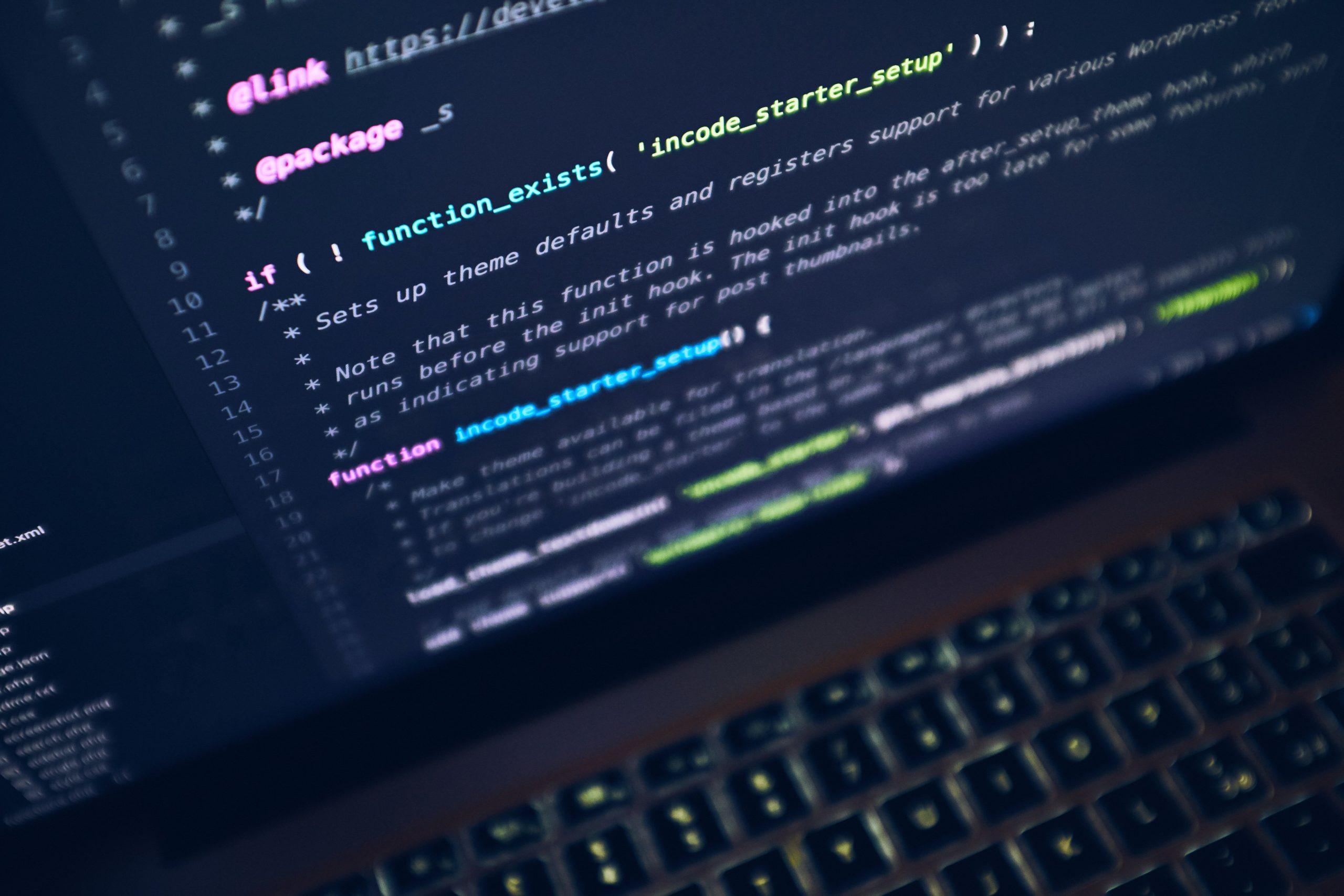In today’s tech-driven world, access to the internet and digital technology is no longer a luxury, but a necessity. Unfortunately, not everyone has equal access to these resources. Marginalized communities such as low-income families, minorities, and rural residents often face challenges in accessing and utilizing digital tools that can help them succeed in various aspects of life. In this blog post, we’ll explore why bridging the digital divide through digital inclusion initiatives is crucial for ensuring equity and opportunity for all members of society in our increasingly interconnected world.
What is the digital divide?
The digital divide is the gap between those who have access to digital technologies and those who do not. This includes both the hardware, like computers and smartphones, and the software, like the internet and apps. The divide can be seen in terms of income, with wealthier households having much higher rates of access than lower-income households. But it also exists within communities, with some groups, like seniors or people with disabilities, being less likely to have access than others.
The digital divide has real-life consequences for those who are on the wrong side of it. It can mean being unable to apply for jobs online, not being able to do homework or research, and being isolated from friends and family. For marginalized communities, the effects of the digital divide can be magnified. They may be less likely to have resources like broadband internet access at home, or reliable transportation to get to a public library or other computer lab. They may also face language barriers or lack of technological literacy.
Digital inclusion initiatives aim to close the digital divide by providing opportunities for everyone to get online and benefit from digital technologies. This can include things like offering free or low-cost computer classes; providing internet access in public places; or making sure that government websites and services are accessible to all. By working to ensure that everyone has a chance to participate in the digital world, we can help reduce inequality and create a more inclusive society for all.
The impact of the digital divide on marginalized communities
As the world becomes increasingly digital, those without access to technology are falling behind. The digital divide is the term used to describe this growing gap between those with and without Internet access. This divide has consequences for everyone, but is especially harmful to marginalized communities.
There are a number of reasons why marginalized communities are disproportionately affected by the digital divide. First, these communities are often already at a disadvantage when it comes to income and education. Without access to technology, they have even less opportunity to improve their situation. Second, the Internet is an increasingly important tool for accessing essential services like healthcare, education, and government benefits. Whenmarginalized communities don’t have Internet access, they miss out on these vital resources. Finally, the digital divide can exacerbate social and economic inequality. It creates a cycle of poverty and isolation that is difficult to break out of.
The good news is that there are ways to bridge the digital divide and promote digital inclusion for marginalized communities. One way is through community centers that offer free or low-cost computer and Internet access. Another way is by providing affordable broadband Internet service in underserved areas. And finally, we can raise awareness about the importance of digital inclusion for all members of society.
How to bridge the digital divide
Digital inclusion is critical for marginalized communities because it helps to close the gap between those who have access to technology and those who do not. It also provides opportunities for people to get involved in the digital world and connect with others.
There are a number of ways to bridge the digital divide. One way is to provide training and support to help people gain the skills they need to use technology. This can be done through community organizations, schools, or libraries. Another way is to make sure that everyone has access to affordable internet service. This can be done by working with internet service providers or by providing subsidies for low-income households.
It’s important to remember that bridging the digital divide is not just about providing access to technology. It’s also about making sure that everyone has the opportunity to use it in a way that is beneficial for them. By taking these steps, we can help ensure that everyone has a fair chance at success in the digital world.
What is digital inclusion?
Digital inclusion is about making sure everyone can use technology to participate in the digital world. This includes having access to the internet, being able to use computers and mobile devices, and having the skills needed to use them.
For marginalized communities, digital inclusion is critical. It gives them a way to connect with the outside world and participate in the global economy. It also helps them access essential services like health care and education. And it gives them a voice to fight for their rights.
But digital inclusion is not just about giving people access to technology. It’s also about making sure they have the skills they need to use it. And that’s where organizations like ours come in. We provide training and support so that everyone can make the most of the digital world.
The benefits of digital inclusion for marginalized communities
Digital inclusion is critical for marginalized communities because it gives them access to information and resources that can help improve their lives. It also allows them to connect with others who may be able to offer support and assistance.
There are many benefits of digital inclusion for marginalized communities. For example, it can help them:
-Access essential services: Marginalized communities often have difficulty accessing essential services like healthcare, education, and government benefits. With digital inclusion, they can use the internet to find and use these services.
-Stay connected: Social isolation is a major problem for marginalized communities. Digital inclusion can help them stay connected with friends and family, as well as with larger community and support networks.
-Find and share information: Information is power. Digital inclusion gives marginalized communities access to information that can help them understand their rights and make informed decisions about their lives. It also allows them to share their own experiences and knowledge with others.
Conclusion
The digital divide is a problem that affects many people around the world, especially those from marginalized communities. Bridging this gap requires concerted effort from all parties involved to ensure that everyone, regardless of their background or situation, has access to the resources and tools necessary for full inclusion into our increasingly digitized society. With initiatives such as education programs and government subsidies in place, we can begin to make progress towards creating an equal playing field where everyone can benefit from the advances of technology.









